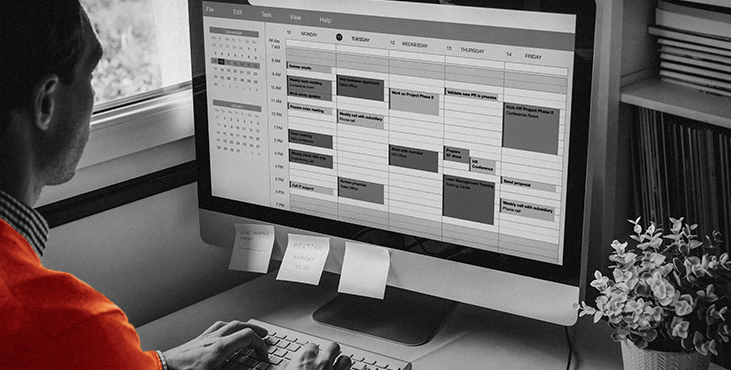
Design Sprint - from complete chaos to a tangible product in 1 week
Design Sprint and Design Thinking are used by startups, companies of all sizes, and development teams all over the world. Why?
There are a great number of Design Sprint schools and communities in the world, training on this topic and practicing Remote Design Sprints. Even Google uses the official "Google Design Sprint" guide, which describes all the stages of design thinking and the necessary tools to conduct it.
Why isn't it disappearing as just a trend of the time? Let's share our experience in design sprints and understand the reasons for its relevance.
This article will not contain instructions on how to conduct a design sprint, or specific practices that are used in the sprint stages. There is a lot of information on the Internet so you will easily find some additional information on this topic.
My team’s personal experience:
The sprint team doesn't have to be large. Three people of different specializations are enough.
You don't have to involve the client at every step of the sprint if you're working on custom projects. Talk to him before the start, on the first day, the day before prototyping for the test and after.
Look for users for the test before the sprint, otherwise the 5-day sprint will stretch into a 10-day sprint.
You can ask the client to find users for the test. For example, ask to post about finding testers, if possible, etc.
Sometimes, after a sprint, you need to go back to some stage and go through all the subsequent stages from there again.

The reason for the popularity of design sprints
In the shortest time possible (5-7 working days) you can work through the ideas, and translate them into an interface with maximum plausibility. Then show the market before investing funds and assembling a full project team.
Sprint is the "key" to what to finish and what direction to take the whole project, product or startup team
A design sprint gives tangible results to all participants involved in the project:
Developers will have an easier time gathering requirements and writing documentation when there is some visibility into the product and its information architecture. The ability to better evaluate the project and agree with the client on the next steps of development.
Clients will literally see and evaluate the preliminary version of the product in 5-7 days of work. It is possible to understand which ideas were right and which are not worth spending time on. This will help to minimize possible risks in the process of creating the product.
Investors will get the data of testing the product with the user and will be able to decide more easily whether it is worth investing in the project or not. A design sprint costs many times less than 3-6 months of teamwork on a product.
Users get a better quality product because some of the problems were identified and fixed in its earlier version.
Differences between design sprint and design thinking
The simplest explanation: Design Thinking is a marathon and Design Sprint is a sprint.
Design sprint is better suited when there is a sense of urgency or when the problem you want to solve is clearly articulated and you need to act quickly. It is a linear, often 5-day process.
Design thinking is a process that can be followed for months or years. It is a looped process.
Cons
Digital products take months to develop and are constantly evolving, so it's important to understand that design-build will not solve all problems and the product will not be ready in 5-7 business days. Designing and assembling a product prototype or other solution, as part of a 5-day sprint, takes only 1 day.
Tell us what you think
By clicking 'Submit', you agree to Privacy Policy and authorise our staff to contact you. You are liable under the Personal Data Protection Act if you key in false personal data or other people’s personal data.
offers and news
